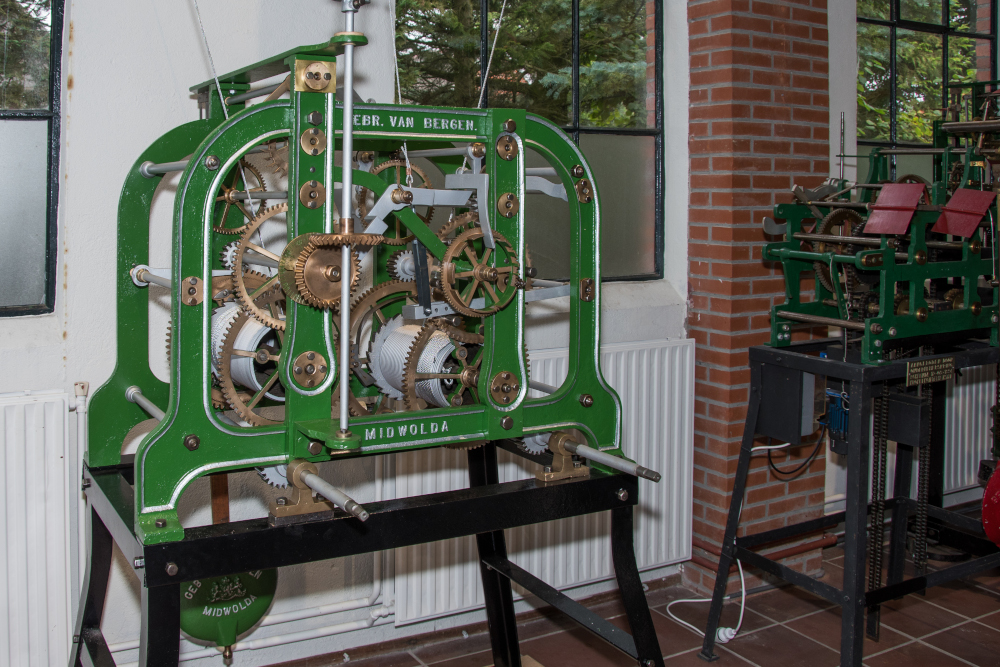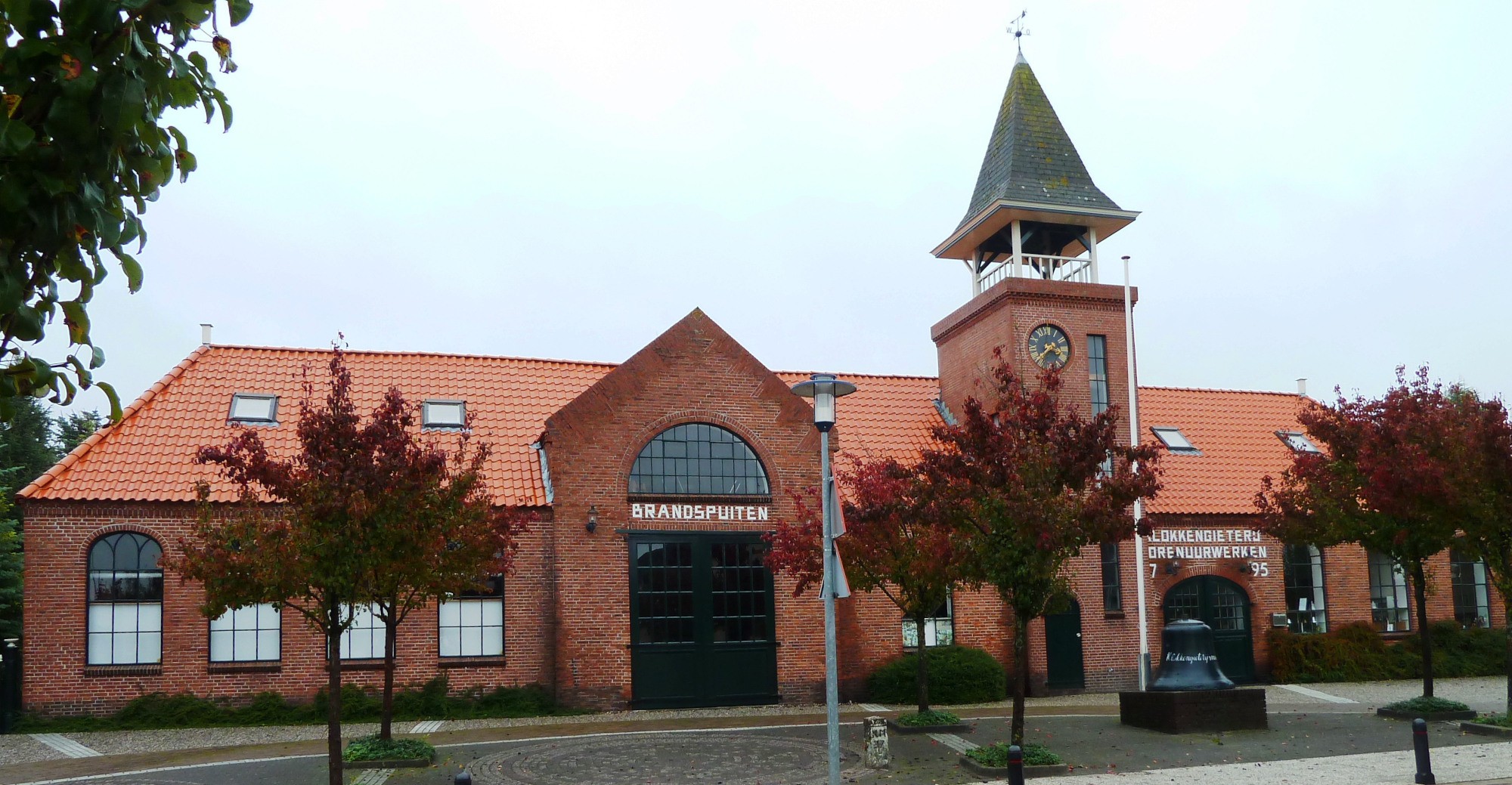In the serene village of Heiligerlee, within the province of Groningen, lies a unique museum that offers a profound look into the art of time measurement: the Klokkengieterijmuseum Heiligerlee. This museum is not just a repository of history; it is a testament to the enduring human fascination with time and the intricate mechanisms used to mark its passage.
The Legacy of Van Bergen 1795

The photo displays an impressive tower clock movement, a type of timepiece that Firma van Bergen specialized in until 1980. This specific movement is tangible proof of Van Bergen’s dedication to precision and craftsmanship in time measurement.
The story of the museum is inextricably linked to Van Bergen, which began its bell-founding enterprise in 1795. This pivotal year marks the beginning of a rich tradition that shaped the landscape of timekeeping in the Netherlands. The museum is housed in Van Bergen’s former factory building, preserving the centuries-old craft for future generations. It showcases a remarkable collection of old tower bells and timepieces, including the oldest bell in Groningen (thirteenth century) and a rare Van Wou bell, often referred to as the Stradivarius of bell founders.
The Heiligerlee branch of the Van Bergen company, established in 1862 under the name St. Paulinus, initially focused on casting bells primarily for church towers across the Netherlands. These bells, through their resonant chimes, were among the earliest and most widespread forms of public time indication, signaling hours and events to communities.
From Bells to Carillons and Beyond
Towards the late 1930s, the company shifted its focus to manufacturing carillons, intricate musical instruments composed of many bells. To highlight this new product, a bell tower with a carillon was added to the front of the bell foundry in 1942. Carillons represented an evolution in time-telling, adding melody and complexity to the simple hourly chime.
After the Second World War, the company diversified, moving into the production of fire hoses, a significant departure from their historical focus on timepieces. The company eventually went bankrupt in 1980. However, in 1987, the restored factory building found new life as the Klokkengieterijmuseum.
A Glimpse into the World of Timepieces
Today, the museum provides a comprehensive insight into the world of bells, carillons, and tower timepieces. Visitors can observe the casting process through a film and models in the restored casting pit, offering a tangible connection to the historical methods of creating these monumental timekeeping instruments. The collection includes various old and more recent bells, prominently featuring a 15th-century bell cast by Geert van Wou, which continues to be revered as the Stradivarius of bell founders (1).
The Klokkengieterijmuseum Heiligerlee stands as a powerful reminder of how our ancestors measured time and how the craft of bell founding, initiated by Van Bergen in 1795, played a crucial role in shaping societal rhythms and marking the inexorable march of time. Today, the modern Van Bergen 1795 watches carry forward this ancient legacy, drawing inspiration from the precise and enduring nature of these historical time clocks.
(1) The Van Wou bell is celebrated for its exceptional quality and craftsmanship, akin to the famous violins by Antonio Stradivari.

